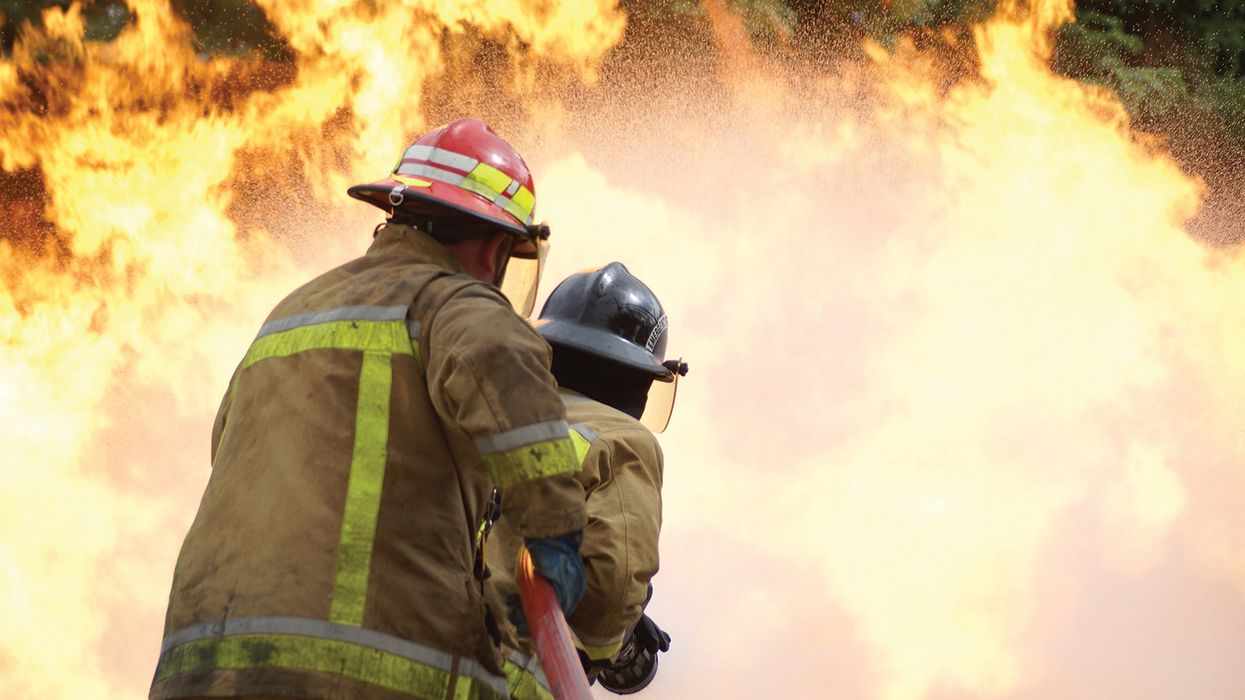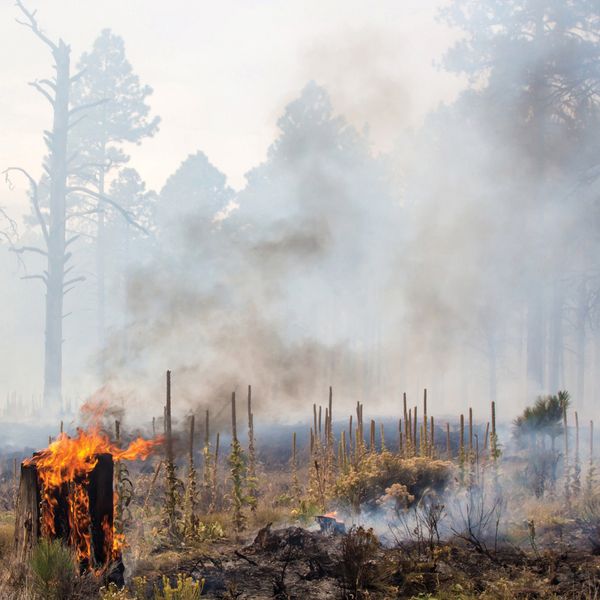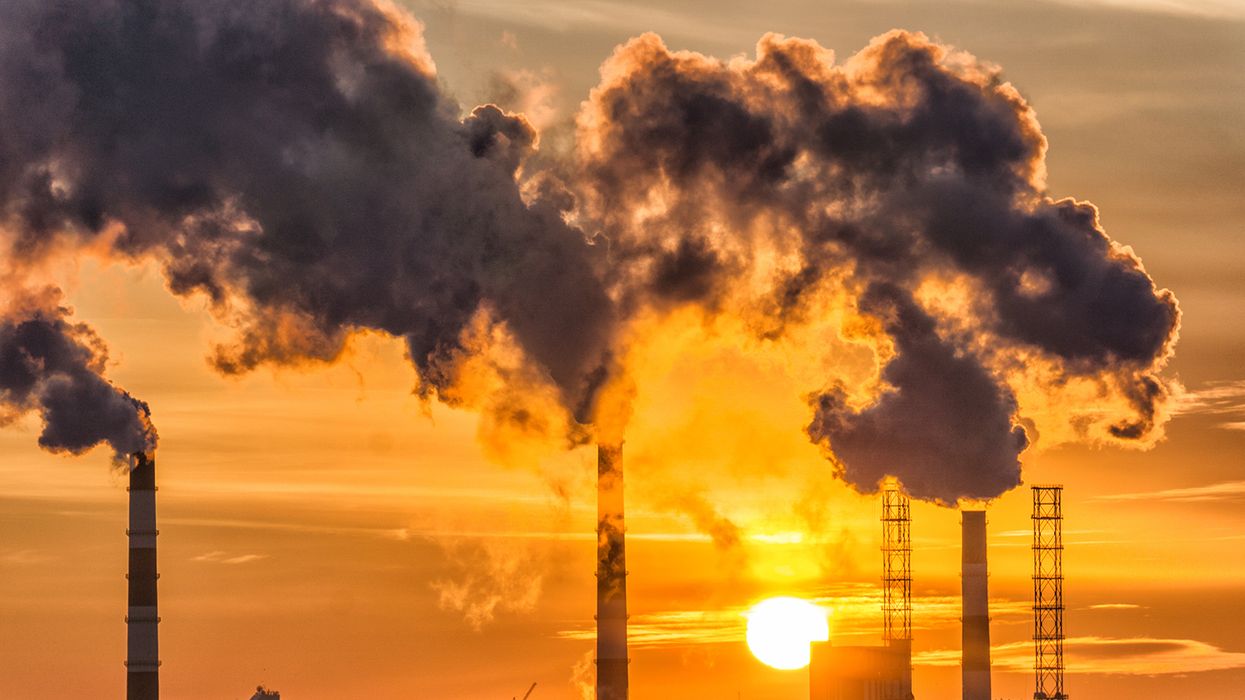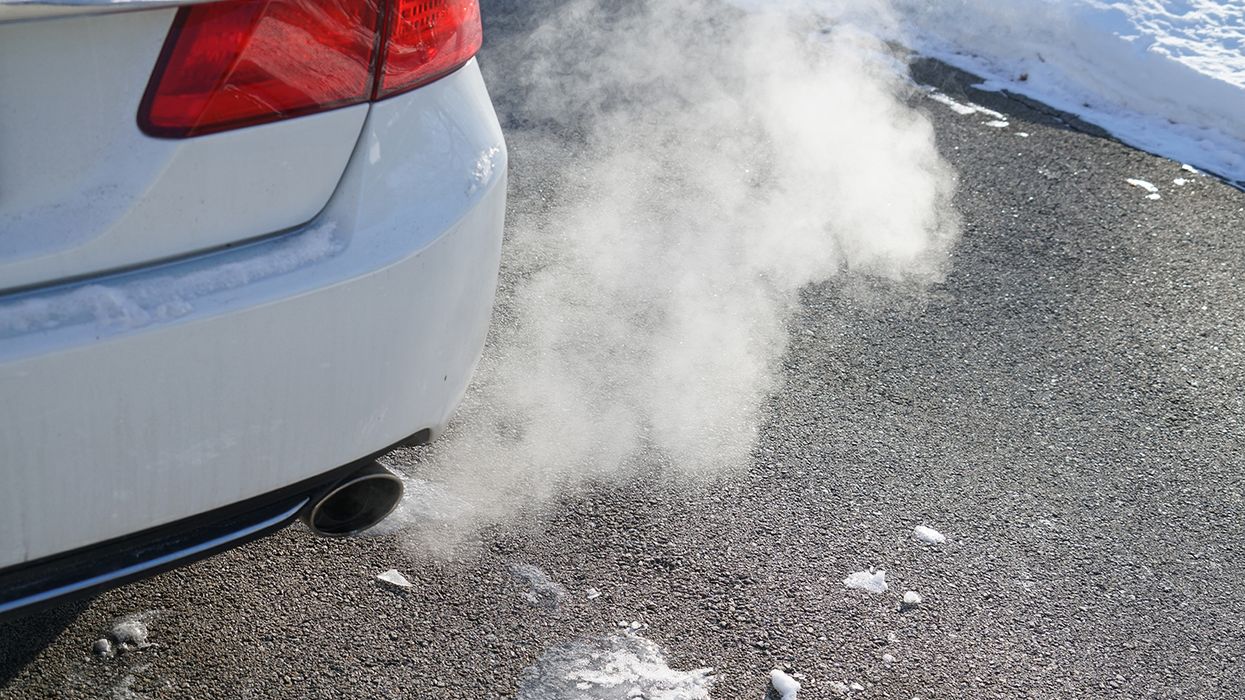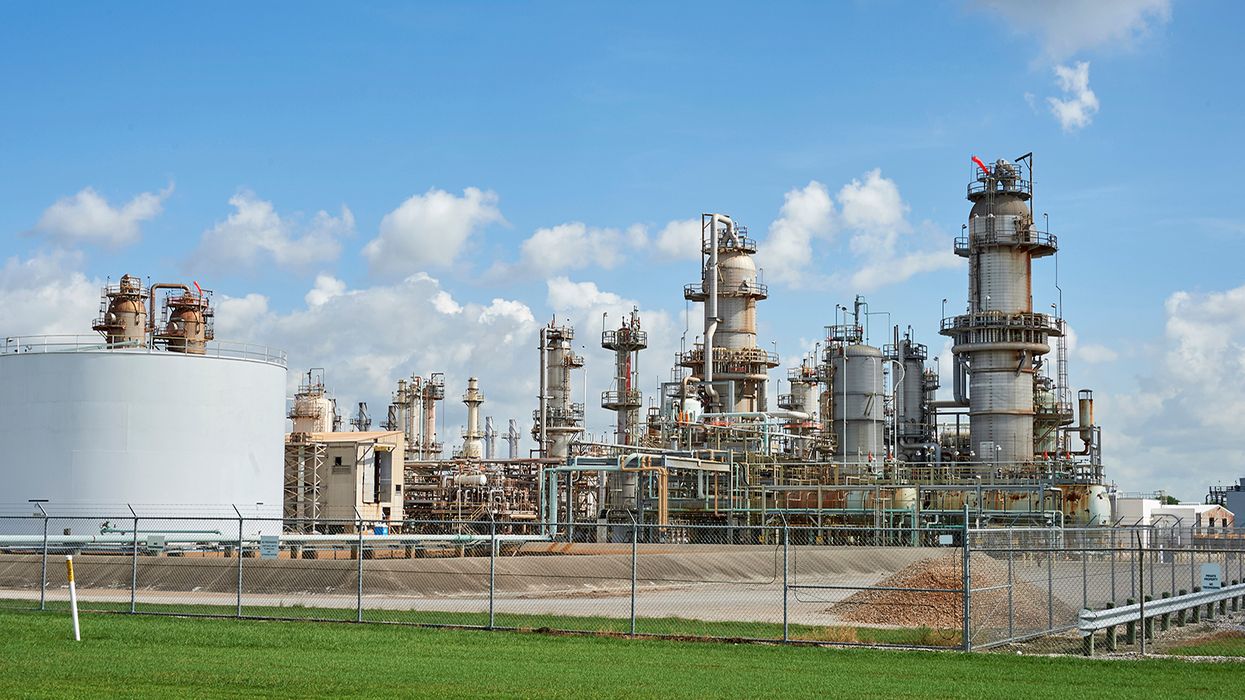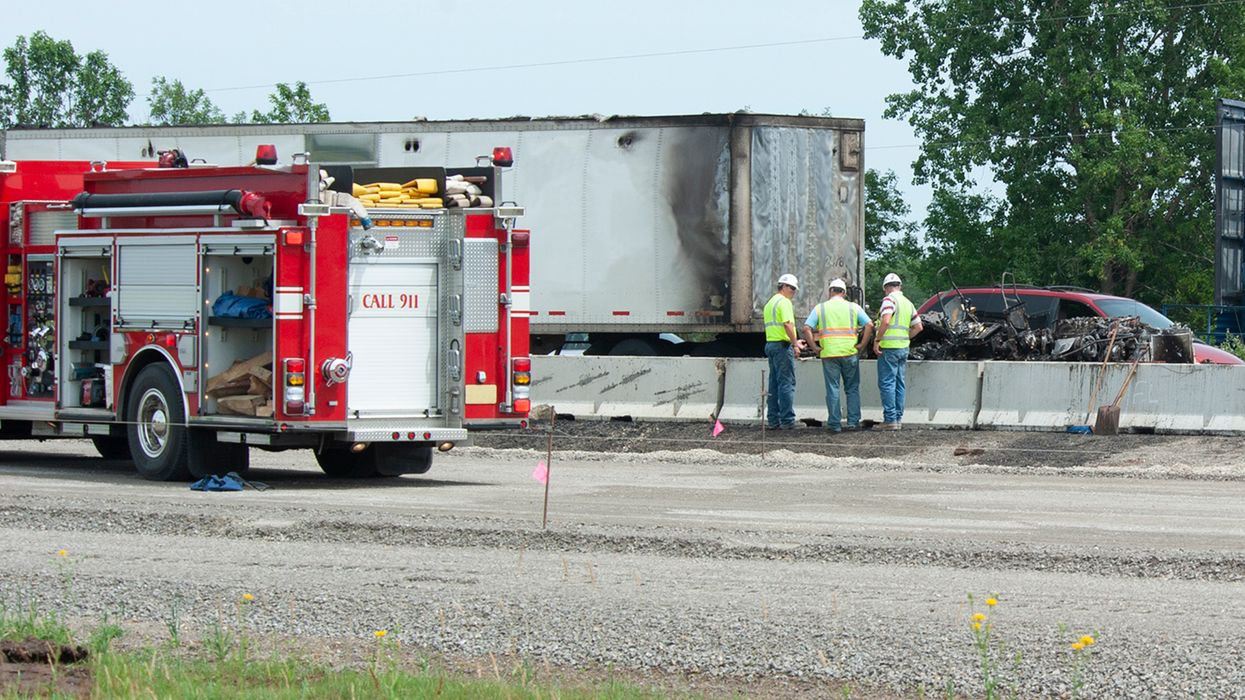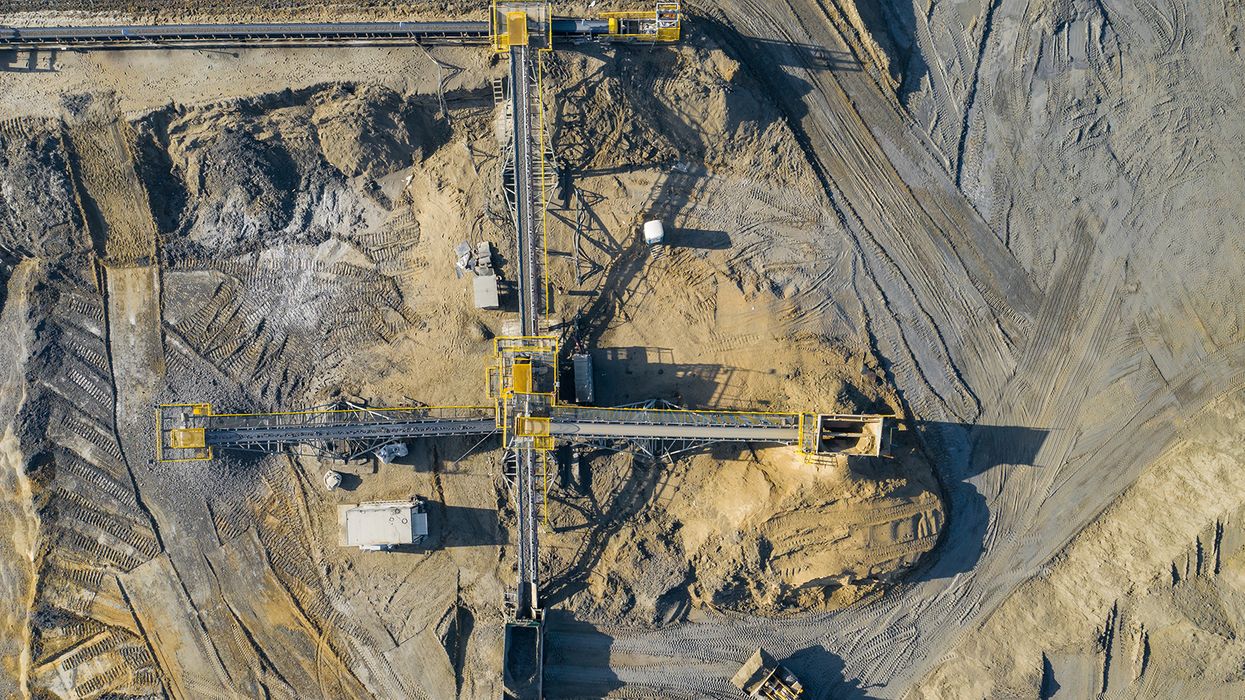Don’t let the wildfires smoke you out of compliance!
Our neighbors to the North have had significant influence on the respiratory health of outdoor workers this year. The 2023 Canada Wildfires exposed both Canadians and Americans to high, sometimes dangerous, levels of air pollutants. All employers must be aware of their obligations to protect employees if and when exposure to wildfire smoke and pollution levels reach a certain point.
Wildfire smoke contains chemicals, gases, and fine particles that can harm health. The greatest hazard comes from breathing fine particles in the air, called particulate matter (PM). Major health concerns are associated with the smallest of these particles, called “PM2.5”. These particles, 2.5 microns in diameter or smaller, can irritate the lungs and cause serious or fatal health effects.
The Environmental Protection Agency (EPA) uses the Current Air Quality Index (AQI) to report air quality on a real-time basis. The AQI is divided into six categories and ranges from 0 to 500. The higher the AQI value, the greater the level of air pollution and the greater the health concern. AQI values at or below 100 are generally thought of as satisfactory.
| Curious to learn more about air monitoring, permitting, and reporting requirements under the Clean Air Act? Click here to check out our foundational learning. |
States currently addressing wildfire smoke:
- California’s Protection from Wildfire Smoke standard (Title 8, CCR 5141.1) applies to workplaces where the AQI is 151 or greater and where workers may be exposed to wildfire smoke.
- Oregon adopted permanent rules OAR 437-002-1081 and OAR 437- 004-9791, Protection from Wildfire Smoke, that apply to employers whose employees are or will be exposed to unhealthy or hazardous levels of wildfire smoke.
- Washington proposed draft language on May 10, 2023, for permanent wildfire smoke rules to protect the health of workers who are exposed while on the job. Proposed required protections would begin when the AQI is 69 or more.
In the absence of a wildfire smoke standard, employers still have a legal obligation under the General Duty Clause to protect their workers from exposure to unhealthy levels of smoke emissions. Steps to protect workers from hazardous air quality conditions include the following:
- Check the AQI before each shift and periodically (as needed).
- Determine if the AQI is harmful. EPA says harmful amounts of PM2.5 occur when the AQI reaches 151 or higher.
- Communicate the hazards of wildfire smoke to employees.
- Train employees on these hazards.
- Control harmful exposure using:
- Engineering controls – moving indoors or into structures/vehicles with filtered air.
- Administrative controls – changing work schedules, reducing work intensity, adding rest periods, and relocating work.
- Personal protective equipment (PPE) – include voluntary and/or mandatory use of respirators (including fit testing and medical evaluation requirements, if applicable).
The effects of the Canadian wildfires have cast a spotlight on the air quality index as it relates to the health of the nation. The western United States has seen an increase in wildfires in the last decade, with large wildfire events predicted to become more frequent, according to the National Interagency Fire Center. Similar to what occurred with the Canadian wildfires, the potential for unhealthy levels of particulate matter to spread across the country will also increase.
Key to remember: Employers must take steps to protect their workers from unhealthy air quality levels, even if their region doesn’t experience frequent wildfire events.

